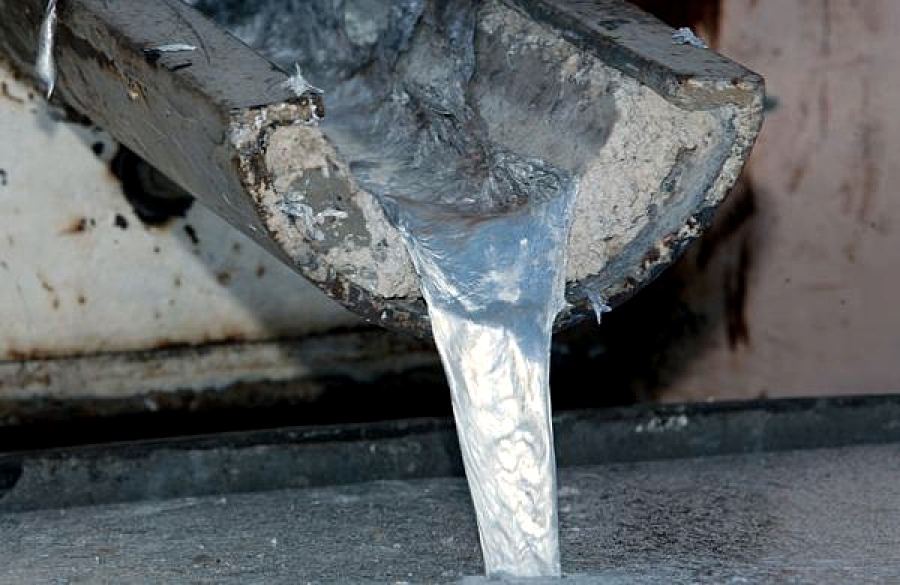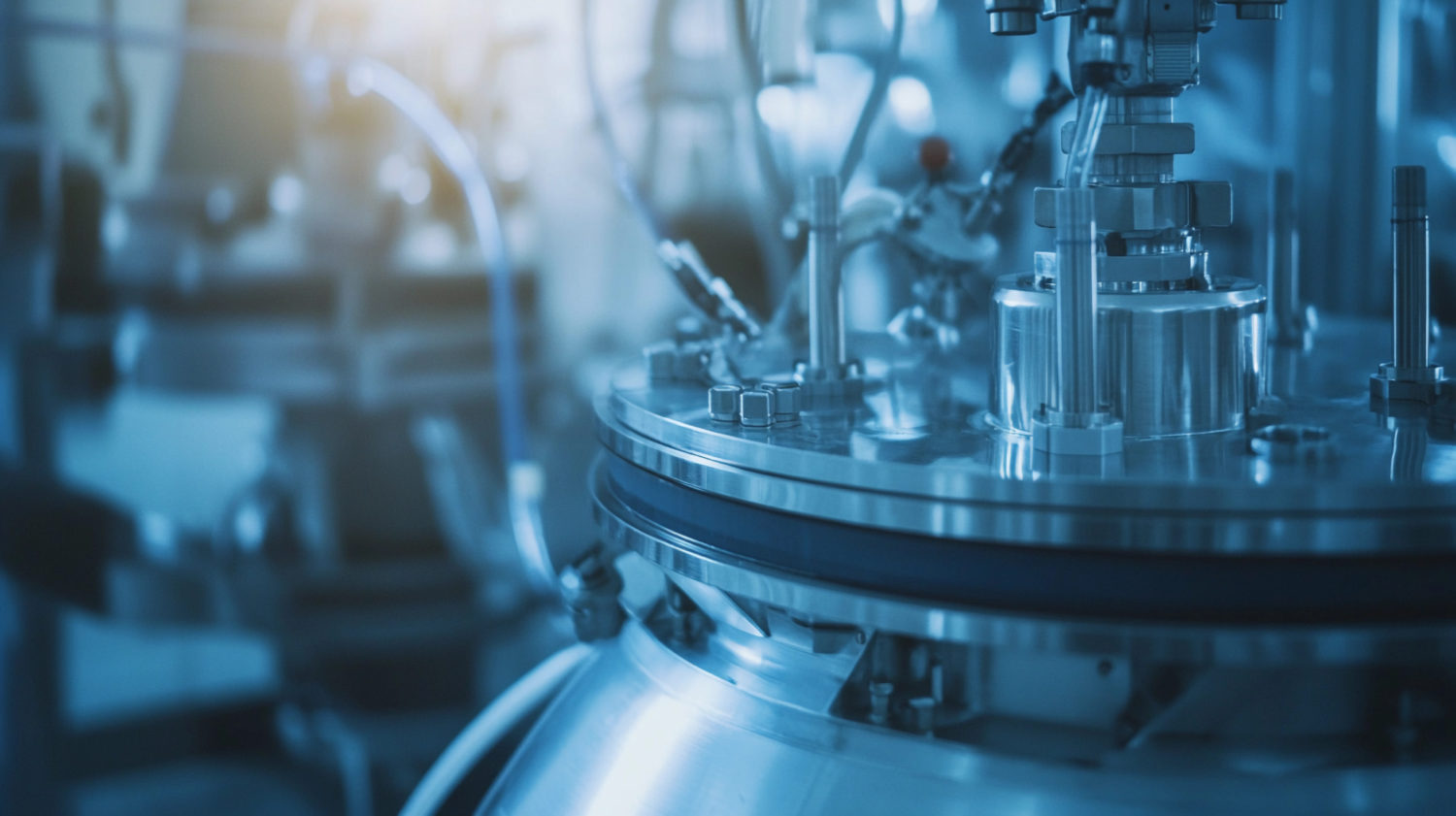Can Trump resurrect US aluminum – and who killed it anyway

Molten aluminum. Source: Wikicommons
By Andy Home
Alcoa is bringing one of its U.S. aluminum smelters back from the dead.
The Warrick smelter in Indiana has annual capacity of 269,000 tonnes, its own coal-based power source and is integrated with a rolling mill.
None of which saved it from Alcoa’s scramble down the cost curve in the face of falling prices, culminating in its permanent closure in January 2016.
That’s different from what the industry calls a “curtailment”, a temporary idling for possible restart.
But now, miraculously, Warrick is back and Alcoa will fire up three of the plant’s five production lines, with capacity of 161,400 tonnes of aluminum. The other two will be classified as “curtailed”.
The timing of this resurrection is politically charged.
The Trump administration is determined to curb imports of aluminum, along with steel, with the aid of some heavy national security artillery. The results of both so-called Section 232 investigations are pending.
And Alcoa, for one, “appreciates the actions the Trump administration has taken to address the challenges faced by the U.S. aluminum industry, including Chinese overcapacity”.
The United States had 23 operating plants in 1998. It now has five, soon to be become six. There is a little more than a million tonnes of capacity lying idled, ready for restart if the conditions are right.
However, most of the lost smelters are long past the point of resurrection, with plants dismantled and sites reclaimed.
China, with its massive aluminum sector and equally massive exports, stands accused, but the real smelter killers were much closer to home.
Price and power
Alcoa’s change of mind is in part down to the aluminum price, which has risen from below $1,500 a tonne in January 2016 to more than $1,900 today. It has done so, ironically, on the promise of Chinese capacity cuts.
But there is also a power supply dimension, Alcoa noting an agreement with local utility Vectren to operate one of the four on-site power generation units through 2023.
This, Alcoa says, “provides important clarity for the power portfolio at Warrick”, albeit without providing a lot of clarity for the rest of us.
The key point, however, is that there is always a power dimension in the mix when aluminum smelters close or restart. They use a lot of it and profitability is determined primarily by the interaction of power and aluminum prices.
West coast killer
It was the breakdown in that relationship in 2000-01 that dealt the killer blow for the 10 smelters feeding off the power generated by hydroelectric dams in the Pacific Northwest of the United States.
One of the more interesting submissions to the Section 232 hearings on aluminum imports came from Tim Belden of EnergyGPS Consulting. Belden used the events of 2000-01 to underline the importance of power availability and price in determining smelter viability.
Those were the years now known as the Western U.S. Energy Crisis, when California was hit by blackouts and wholesale power prices went supernova. The price rises, Belden says, were “of a magnitude and duration that had never been seen before or since in any North American power market”.
All ten aluminum smelters closed. Five never restarted. Two tried and failed. Only one, Alcoa’s Intalco plant in Washington, is currently producing aluminum, albeit after multiple near-death experiences.
The West Coast power crisis was caused by a toxic combination of too little generation capacity, a chaotic pricing model and the machinations of traders who manipulated the flawed system.
So, if you want to know who killed the northwest aluminum smelters, it was Enron.
That flawed company was at the front of the line for official sanction. In June 2003 it was stripped by the Federal Energy Regulatory Commission of some of its power and gas trading rights for its role in the crisis.
Financial killer
While Enron killed the West Coast smelters in 2000, bankers killed another batch a decade later.
The global financial crisis brought a collapse in aluminum demand as the U.S. automotive industry went into meltdown. Prices slumped and London-traded aluminum hit a low of $1,279 a tonne early in 2009.
By the end of that year another four plants had halted production: Alcoa’s smelters in Texas and Tennessee, Century Aluminum’s Ravenswood smelter in West Virginia and Glencore’s Columbia Falls smelter in Montana. The latter was a survivor of the earlier power crisis.
Another, Ormet’s Hannibal plant in Ohio, limped on but never fully recovered and gave up the ghost in 2012.
Made in the U.S., powered in the U.S.
It’s the remaining nine plants, three of them still inactive, that are now fighting for survival against what is the relatively new threat of Chinese overproduction.
While China doesn’t export aluminum in commodity form, it ships out a lot of semi-manufactured products, which displace demand for the rest of the world’s producers, not least in the United States.
That could change if the Section 232 investigation results in import quotas or tariffs.
How much of the battered U.S. smelter sector could be brought out of mothballs?
Alcoa and Century between them are running only two of their combined five operating smelters at capacity. Including the two lines on standby at Warrick, idled capacity at active plants is about 420,000 tonnes.
There is another 640,000 tonnes of capacity at three inactive plants.
The New Madrid smelter in Missouri was last year bought out of bankruptcy by Swiss-based ARG International AG, led by former Glencore trader Matt Lucke, with the aim of restarting the 263,000 tonne a year plant.
Alcoa has idled capacity at Wenatchee in Washington, another “Enron survivor”, and at Rockdale in Texas. Yes, the same Texas smelter that shut up shop in 2008. Alcoa closed permanently two of its six lines in 2012 but four, with capacity of 191,000 tonnes, are still primed for restart.
Old smelters, it seems, can sleep for a long time. But to awaken, they need the right power price as much as the right aluminum price.
And it is “competitive power” that will determine the extent of any U.S. aluminum smelter revival.
That is why Alcoa has been able to bring back Warrick.
“We were pleased to play an important role in helping make this a reality,” said Carl Chapman, chairman, president and CEO of power utility Vectren.
It will likely determine ARG’s success in bringing back to life what has been renamed that Magnitude 7 Metals smelter.
Missouri lawmakers passed a bill in May, freeing up utilities to enter longer-term, lower-priced supply contracts, offering the plant a potential lifeline.
The Trump administration wants more aluminum to be made in the United States, and import tariffs would tilt the playing field in that direction.
But when it comes to aluminum, “made in the America” needs to be powered in America — and that’s down to local utilities, not national policy.
(Editing by David Goodman)
{{ commodity.name }}
{{ post.title }}
{{ post.date }}

Comments